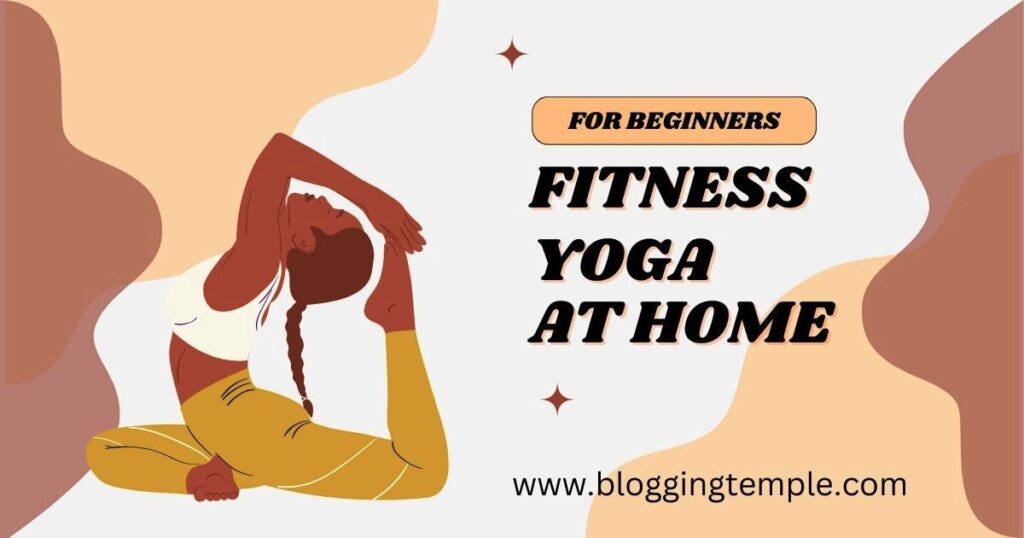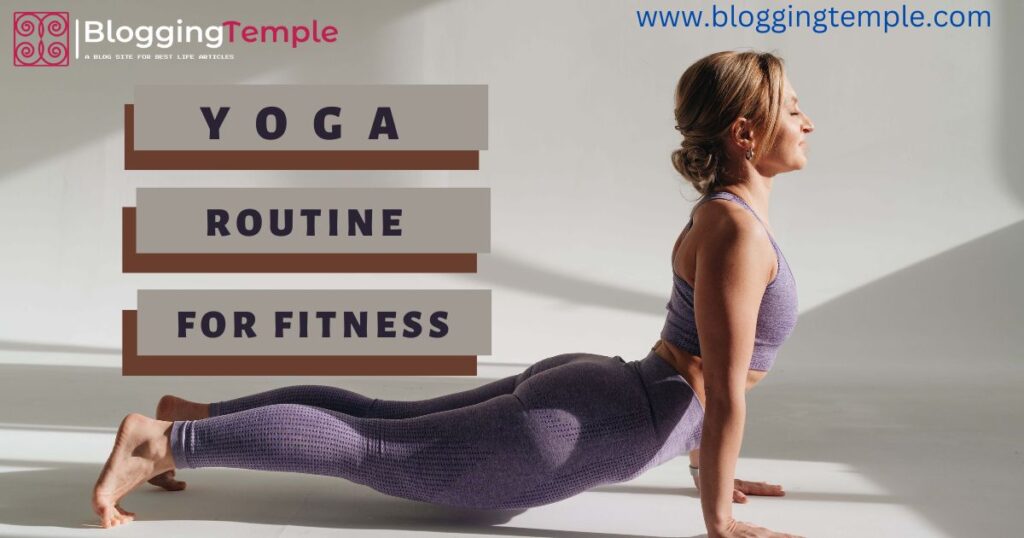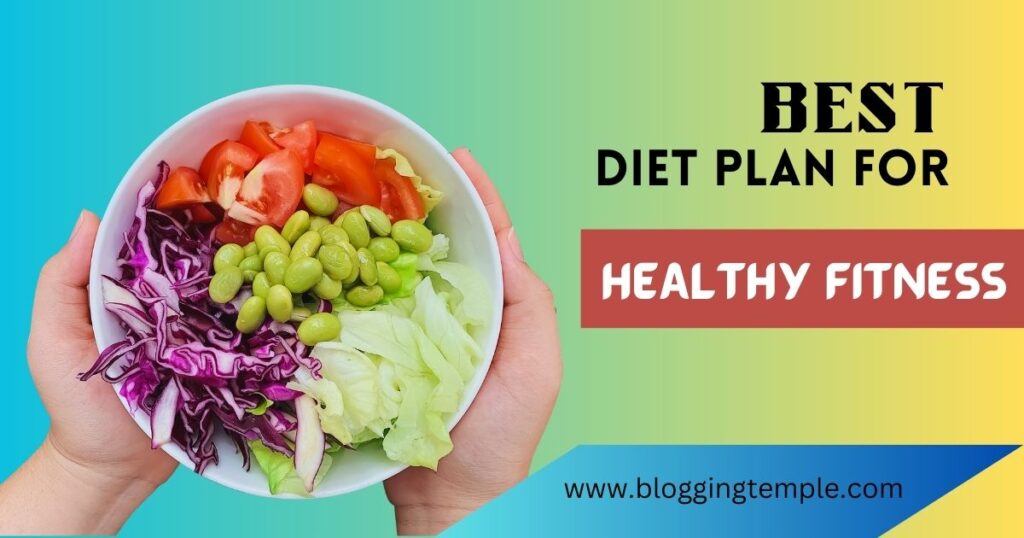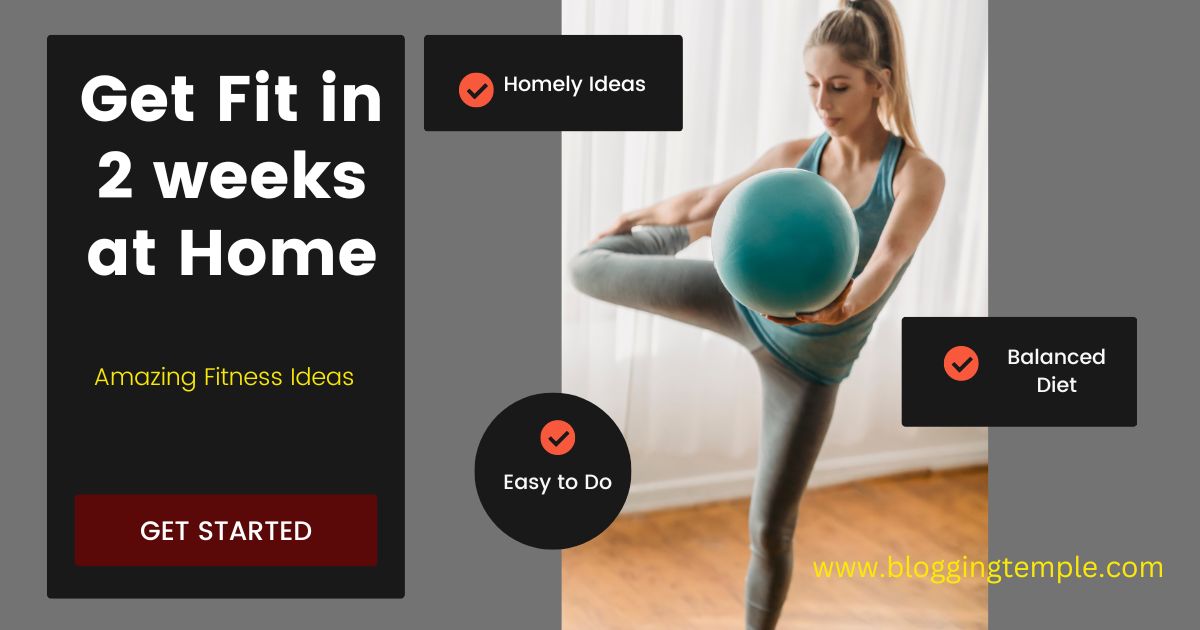Are you looking to enhance your overall health and get fit in shape without having to leave the comfort of your home? You may make tremendous progress in just two weeks if you have the appropriate mindset and approach. We’ll look at practical ideas and advice in this post to get you fit in shape quickly. We will go over everything you need to know to get started on your fitness journey, from developing a workout regimen to keeping up a healthy diet. Let’s get started and learn how you can change your body and adopt a healthy lifestyle in just two weeks.
Table of Contents

1. Introduction
Fitness takes commitment, consistency, and the appropriate strategy. Even while two weeks can seem like a little amount of time, you can still make a lot of progress towards your fitness objectives. You may launch your fitness journey and achieve noticeable results by adhering to an organised strategy that combines exercise and healthy eating.
2. Setting Realistic Goals
Setting realistic goals is crucial before starting any fitness programme. Be clear about the goals you have for the next two weeks. Having specific objectives can help you stay motivated and concentrated, whether they are related to weight loss, endurance improvement, or muscular tone.
3. Creating a Workout Plan
It’s essential to design a training schedule that includes a range of exercises if you want to get fit in two weeks. Five days a week, try to get in at least 30 minutes of activity each day. Divide your workouts into different muscle groups, concentrating on both strength training and cardiovascular routines.
4. Incorporating Cardiovascular Exercises
Exercises that improve cardiovascular health, burn calories, and increase endurance are all highly recommended. Include jogging, cycling, brisk walking, or jumping rope in your exercise regimen. Aim for 150 minutes per week of cardiovascular activity at a moderate level.
Exercises with a cardiovascular component are a great complement to your fitness programme. The following are some cardio exercises you can do:
Quickly Moving:
- Go for a little stroll outside or on a treadmill.
- Swing your arms while you walk at a steady speed.
- Start with a 10- to 15-minute stroll and progressively extend it as you get more accustomed to it.
Jogging or Running:
- Warm up with walking, then gradually move on to jogging or running.
- Set a comfortable speed while concentrating on keeping proper technique.
- As your fitness improves, start with lesser distances or durations and gradually increase them.
Cycling:
- Use a stationary bike or go for a ride in the open air.
- To raise the intensity, change the resistance or incline.
- Aim for 20 to 30 minutes of nonstop riding, and as you get better, extend the duration.
Bouncing Rope:
- Start jumping with both feet after grabbing a jump rope.
- Maintain a relaxed stance with your knees slightly bent.
- Start with shorter intervals, like 1-2 minutes, then lengthen them gradually.
Interval training at a high intensity (HIIT):
- Exercise at a high intensity for brief intervals, then rest for a short time.
- For instance, alternate between 15 seconds of rest and 30 seconds of jumping jacks, burpees, or squat jumps.
- For 10 to 20 minutes, repeat the cycle.
Swimming:
- Participate in water aerobics programmes or lap swimming.
- Swimming is easy on the joints and gives you a full-body workout.
- As your endurance increases, start at a comfortable distance and progressively increase it.
5. Focusing on Strength Training
Strength exercise is essential for improving metabolism and gaining lean muscle mass. Include exercises like squats, lunges, push-ups, and planks that work multiple muscle groups. If you don’t have access to weights at home, use your own body weight or resistance bands.
6. Practicing Yoga and Pilates

Pilates and yoga are excellent complements to your exercise regimen since they enhance core strength, flexibility, and balance. In order to improve your general fitness and encourage relaxation, schedule at least two sessions of yoga or Pilates every week.
Here are a few fundamental yoga poses that will keep you in shape:
Tadasana, or Mountain Pose:
- Place your feet hip-width apart and stand tall.
- Relax your shoulders, stretch your spine, and engage your core.
- Hold the stance for one minute while taking deep breaths.
Adho Mukha Svanasana, or downward-facing dog:
- With your hands shoulder-width apart, begin on your hands and knees.
- As you straighten your legs and make an inverted “V” with your hips, lift them up and back.
- You should engage your core, relax your neck, and press your palms into the ground.
- pause for five breaths.
(Virabhadrasana I) Warrior I
- Step one foot back and turn it slightly outwards as you begin standing.
- While keeping your back leg strong and straight, bend your front knee.
- Lengthen your spine, raise your arms high, and look ahead.
- After holding for five breaths, switch sides.
Vrikshasana, or Tree Pose:
- Place your feet hip-width apart and stand tall.
- Put all of your weight on one leg, then place the sole of the other foot on your inner thigh or calf.
- Bring your hands to your heart’s center and plant your foot firmly against your leg.
- Hold the position for five breaths while focusing on a point to aid in balance. Change sides.
Pose of the Bridge (Setu Bandhasana):
- Knees bent and feet hip-width apart, lie on your back.
- Put pressure on the ground with your feet, tighten your glutes, and elevate your hips.
- Squeeze your shoulder blades together and interlace your fingers beneath your torso.
- Repeat by lowering your hips back down after holding for five breaths.
Balasana (Child’s Pose):
- Start on your knees, then take a seat back on your heels.
- Your forehead should be resting on the carpet as you lower your torso.
- Put your arms out in front of you or close to your body.
- Hold the position for as long as you like while taking calm, deep breaths.
7. Eating a Balanced Diet

For optimum fitness, exercise is insufficient. Focus on eating a well-balanced diet that includes lean proteins, fruits, vegetables, whole grains, and healthy fats. Steer clear of processed foods, sweet treats, and too much salt. These suggestions for a balanced diet are…
Breakfast:
- egg whites or scrambled eggs with vegetables
- Oats or whole-grain toast
- Cottage cheese or Greek yoghurt
- Fruit slices or berries
Breakfast Snack:
- various nuts and seeds
- new fruit
- Greek yoghurt or a smoothie with protein
Lunch:
- grilled fish or chicken breasts
- Brown rice or quinoa
- steamed vegetables or a mixed-greens salad
- dressing with lemon and olive oil
Lunchtime Snack:
- Carrot or celery sticks with hummus or nut butter
- Greek yoghurt or protein bars
Exercise Snack:
- Apple or banana
- Almonds in a handful or nut butter in a spoonful
Exercise Recovery:
- Using whey protein or plant-based protein powder in a protein shake or smoothie
- fruit like as bananas
- Kale or spinach
- Coconut water or almond milk
Afternoon Snack:
- Greek yoghurt or cottage cheese
- Fruit slices or berries
Dinner:
- Salmon or tofu grilled
- Quinoa or potatoes sweet
- Grilled or steam-cooked vegetables
- Served with a side salad and vinaigrette
Hydration:
- Throughout the day, make sure to stay hydrated, especially before, during, and after activity.
- When engaging in vigorous exercise or extended physical activity, think about consuming beverages high in electrolytes.
8. Staying Hydrated
To stay hydrated, never forget to drink enough of water throughout the day. Additionally, depending on your own demands and degree of activity, portion sizes may change.
Water intake needs to be right for general health and fitness. Drink enough water throughout the day to maintain your hydration and assist your body’s processes. Aim for eight glasses of water or more each day.
9. Ensuring Sufficient Rest and Recovery
Your body needs time to rest and recover in order to strengthen and restore itself. Make sure you get enough sleep every night, and pay attention to your body’s cues for when it needs a rest day. Overtraining might impede your growth and cause injury.
10. Tracking Your Progress
Throughout the two weeks, keep a journal of your workouts, meals, and progress. Monitoring your successes can increase motivation and assist you in determining where you need to make improvements. To document your adventure, take measurements, photos, or a journal.
11. Incorporating High-Intensity Interval Training (HIIT)
Exercises that involve high intensity interval training (HIIT) are a quick and effective approach to burn calories and improve fitness. Add high-intensity interval training to your regimen, alternating between short rest intervals and strenuous workout spurts.
12. Motivating Yourself
Keeping your motivation high is essential for your fitness journey. For encouragement and accountability, locate a workout partner or sign up for online fitness communities. Set small goals and treat yourself when you achieve them.
13. Avoiding Unhealthy Habits
Avoiding bad habits like smoking, binge drinking, and late-night munching will help you make the most progress in two weeks. Your exercise goals may be hampered by these behaviours, which may also be detrimental to your general health.
14. Embracing a Positive Mindset
The secret to reaching your fitness objectives is having a positive outlook. Maintain your focus, have faith in your capacity to succeed, and rejoice in each small accomplishment along the way. Maintain your commitment to the process by visualizing the results you want.
15. At the End
You may kickstart your fitness adventure and make big advancements towards a healthy lifestyle in just two weeks. You can see impressive improvements by sticking to a regimented training schedule, eating a healthy food, drinking plenty of water, and forming healthy habits. Remember to keep yourself motivated throughout the process by tracking your progress and setting realistic goals. If you embrace consistency, you’ll be surprised at how much you can do in a short amount of time.
FAQs
Q1. Can I get fit in just two weeks?
Yes, with a dedicated approach and consistent effort, you can make significant progress in your fitness journey within two weeks. Setting realistic goals, following a structured workout plan, and maintaining a balanced diet will help you achieve desirable results.
Q2. Do I need any equipment to get fit at home?
No, you don’t necessarily need equipment to get fit at home. Many exercises can be performed using your body weight or simple items like resistance bands. However, if you have access to dumbbells or other workout equipment, it can add variety and intensity to your workouts.
Q3. Is it necessary to do cardio exercises to get fit?
Cardiovascular exercises are beneficial for overall fitness and calorie burning. They improve cardiovascular health and endurance. However, if you have physical limitations or prefer other forms of exercise, you can still achieve fitness goals by focusing on strength training and incorporating high-intensity interval training (HIIT) into your routine.
Q4. How important is rest and recovery during the two-week fitness journey?
Rest and recovery are crucial for allowing your body to repair and rebuild. It’s important to listen to your body and incorporate rest days into your workout routine. Sufficient sleep and proper recovery will help prevent injuries and optimize your progress.
Q5. Can I continue my fitness journey beyond the two-week period?
Absolutely! The two-week timeframe is a great starting point to kick-start your fitness journey. Once you’ve established healthy habits and seen initial progress, you can continue working towards your long-term fitness goals. Fitness is a lifelong journey, and consistency is key.
***You Can also Visit the Following Links***
Exploring The Benefits of Electric Vehicles
Best Electric Cars in the Market
How to Learn Digital Marketing
Learn SEO (Search Engine Optimization)
Earn Using Mobile Phones (Mobile Marketing)
Learn Social Media Marketing (SMM)

